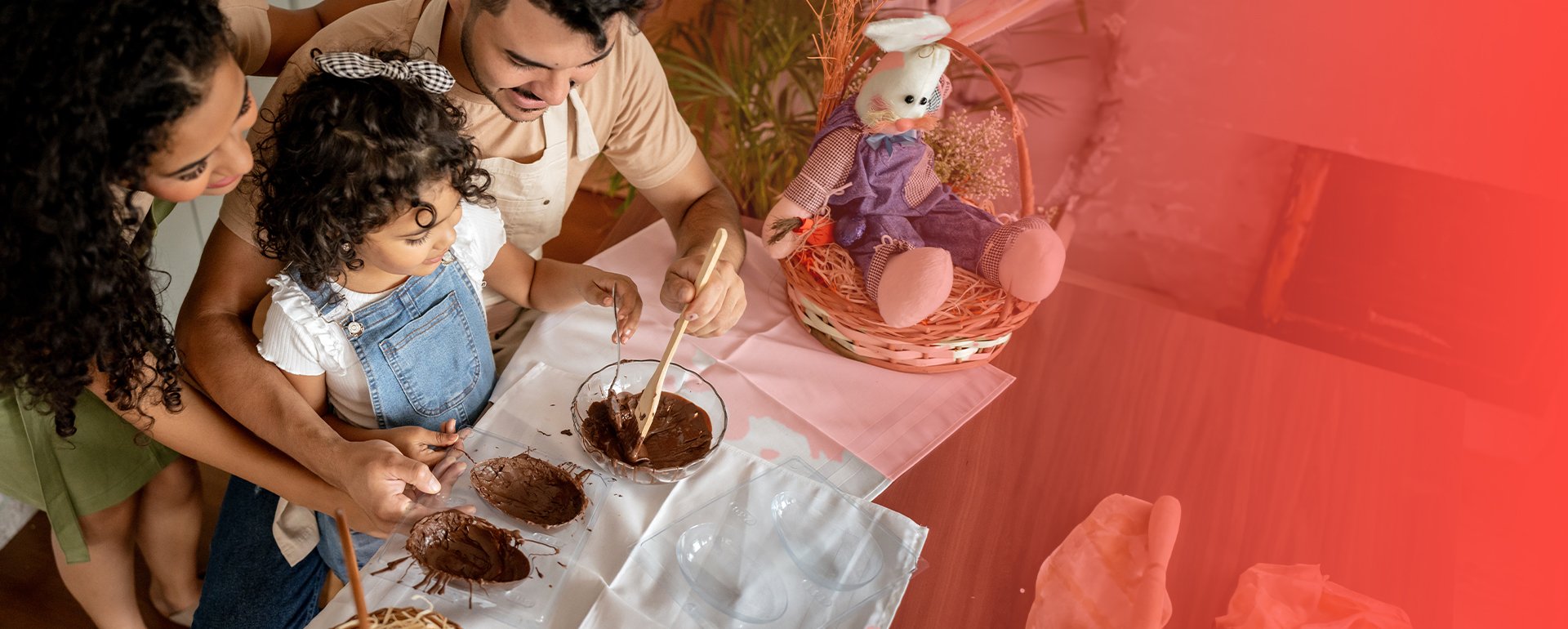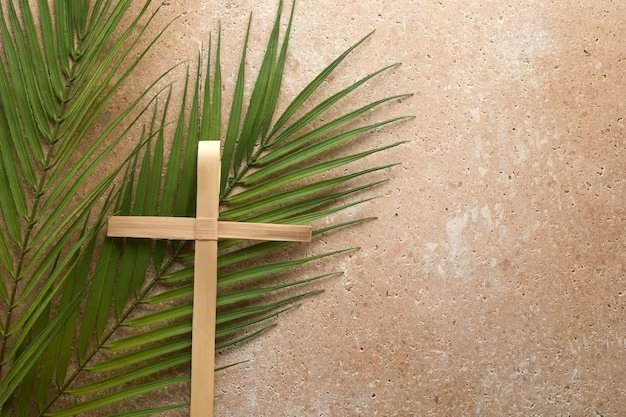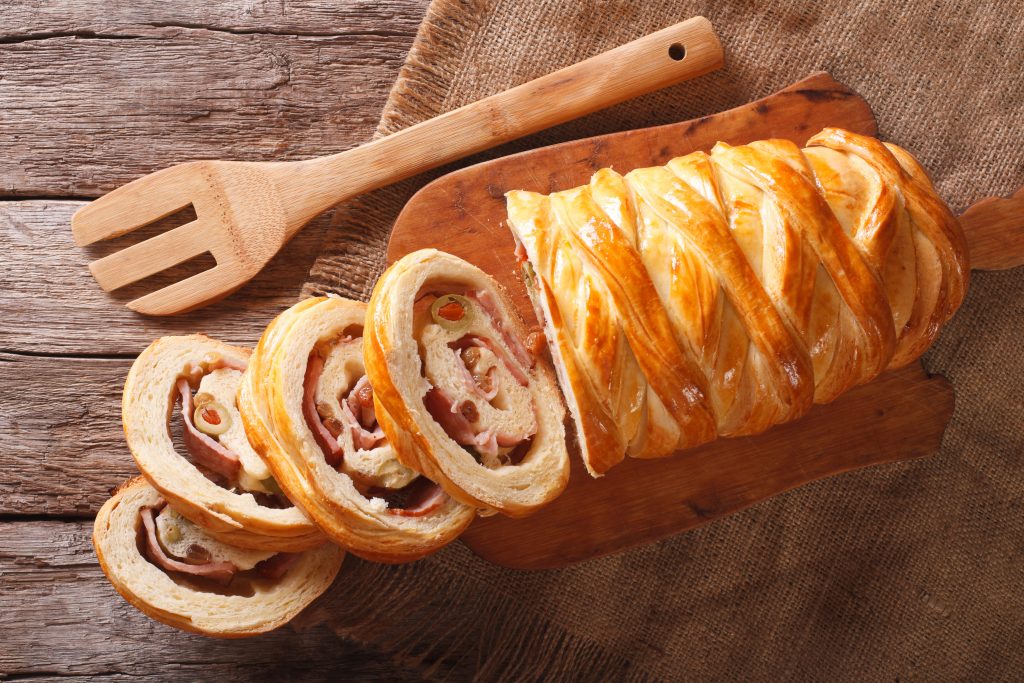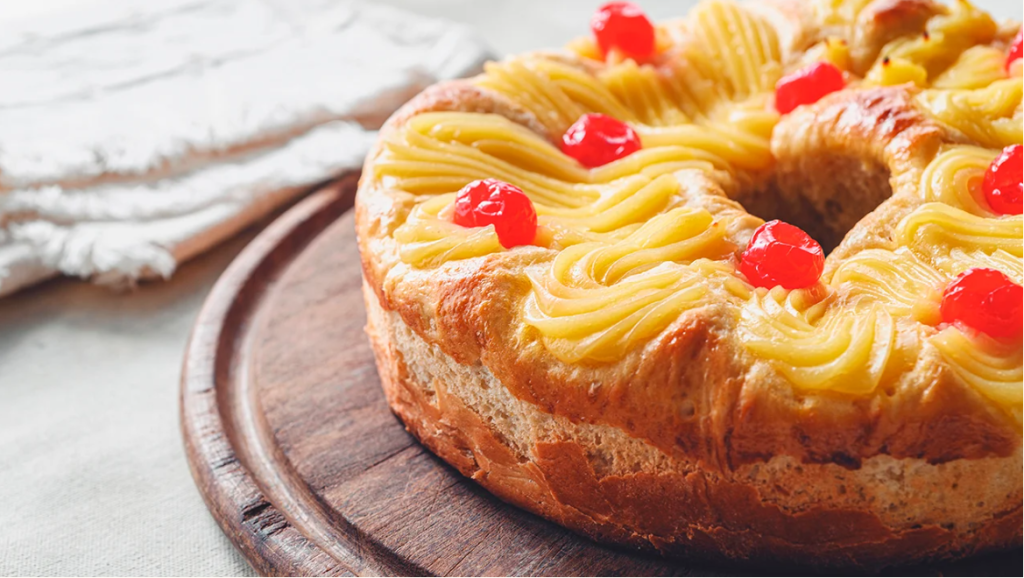Fiesta de Pascua: Creating Vibrant Easter Decorations with Latin Inspiration

Easter is a widespread springtime event rooted in symbolism and history. Mostly in Latin American countries and Hispanic communities, this Easter time takes on vibrant colors and, at the same time, reflects a beautiful blend of religious devotion and cultural heritage.
Did you know that depending on where you live or which country you are visiting, Easter celebrations and traditions can change? Each Latin community hosts this religious festivity in its own way and is as cheerful as it is unique.
Easter celebration always sounds like a good idea. No matter whether you are a religious person who enjoys the church sermon or you are a non-religious individual who is fond of chocolate, egg hunts, and colorful and tasty meals. Even if you are both (cause you can have the best of both worlds ;)), Easter will always serve as a good plan to gather around loved ones and enjoy new and old traditions!
Feeling adventurous? Let’s explore Latin traditions!
If you're looking to add a touch of Hispanic warmth and creativity to your celebrations, look no further than these charming handmade crafts and decorations. (We promise they will not only entertain you and your family but also turn Easter into a date you’ll miss when is over!).
Here are some DIY crafts and recipes ready for you to jump in!
Palm Crosses (popular in various Latin countries)
In many Latin American countries, Palm Sunday marks the beginning of Holy Week leading up to Easter. Intricate palm crosses are woven from blessed palm fronds and serve as a reminder of Jesus's triumphant entry into Jerusalem. You can find many online tutorials for different weaving techniques to make your own.
Here’s a picture of how it should look:

Capirote (mostly used in Spain)
While most commonly associated with Holy Week processions in Spain, the capirote, a tall, pointed hat, can be adapted into a fun Easter decoration. Create a cone shape from cardboard and cover it with brightly colored fabric. Accessorize with glitter, sequins, or a fabric cross for a unique touch.
(Yes, it may invite you to think about other holidays — like Halloween — but, to be honest, isn’t it great to have cool accessories on some festive occasions if not all?).
Cascarones (you’ll probably find most of these confetti eggs in Mexico or Latin neighbors in the US!)
These festive confetti eggs are a delightful symbol of Easter in Mexico. Start by saving eggshells, carefully create a small hole at one end, and empty the contents. Next, decorate the shells with bright paint, glitter, and tissue paper. Once dry, fill them with confetti and seal the hole with a small piece of tissue paper. The most fun part comes on Easter when you can crack them over friends' and family's heads to shower them with confetti!
Let the games begin!
Easter BreadS (yes, plural, cause there are many different recipes around the continent)
From the sweet, ring-shaped Rosca de Pascua in Argentina to the Chilean Pan de Pascua studded with spices and dried fruit, Easter bread is a delicious and symbolic treat.
We invite you to look for a recipe representing a specific country and enjoy a taste of Latin American culinary tradition.
In this case, at COCINA you’ll find two delicious step-by-step recipes!
“Pan de Jamón,” a savory Venezuelan sweet bread filled with ham, raisins, and olives, a unique combination enjoyed for breakfast or as a snack.

"Rosca de Pascua" is a sweet, ring-shaped bread decorated with a candied fruit cross, symbolizing the crown of thorns. Although it is more popular known as “Rosca de Pascua” it is also known and made as “Rosca de Reyes.” After all, it symbolizes Jesus’ journey, its challenges, and the people who stood by him. It is mostly made in Argentina, but we bet you can also find it in different Latin American countries and even Spain and France!

3 Ways To Celebrate Easter Like a Proud Latinx
Beyond these charming crafts, here are some ways Latin communities make Easter a unique celebration:
- Semana Santa (Holy Week): Many cities and towns host elaborate processions featuring religious statues and participants in traditional attire.
- Easter Vigils: Church services on the eve of Easter Sunday are often particularly vibrant and celebratory.
- Family Gatherings: Easter is a time for coming together; big feasts with traditional foods are central to celebrations.
And this is just the beginning! With Easter time around the corner, what better way to celebrate, cook, and share a reflection time with people who do not only have a heavy chocolate passion but a mission to walk with you through this adventure we know as life?
Felices Pascuas, dear readers!
